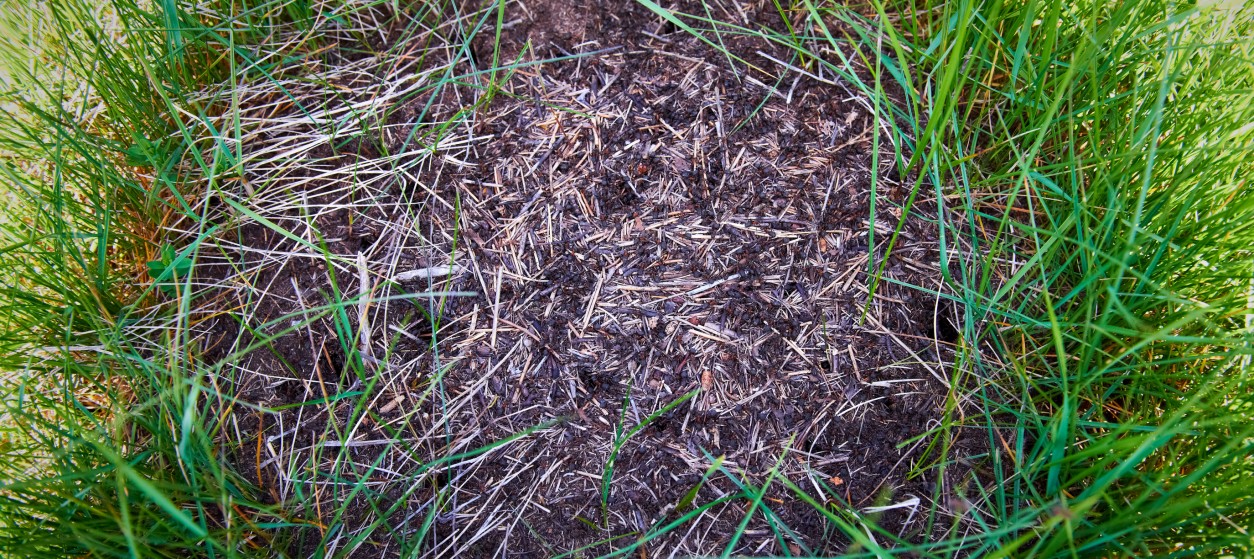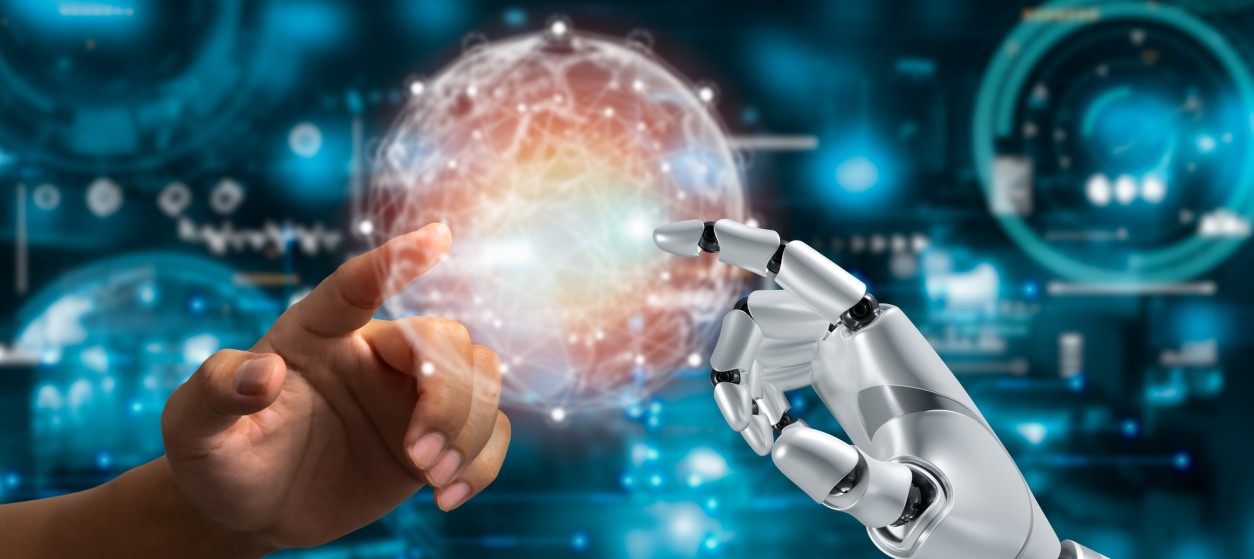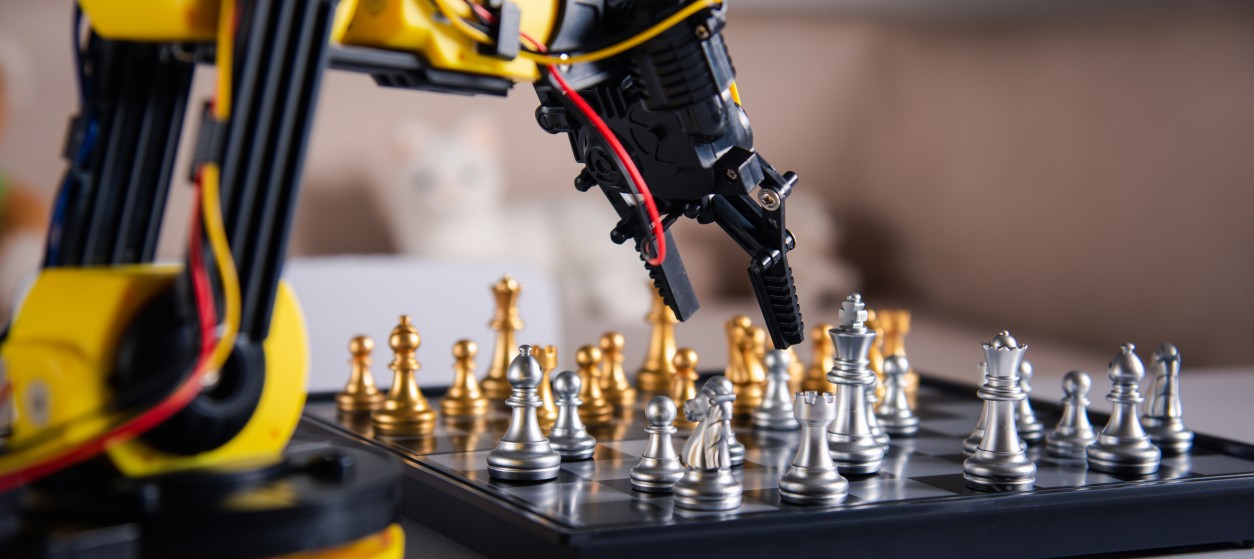Since the beginning of civilization, man has been fishing for knowledge and wisdom. Information has come in different shapes and forms through art and literature, scientific theories, mathematical formulas, and technology. However, as our world progresses at a rapid rate and we become more immersed in technology, it becomes increasingly difficult to solve complex problems by using the same old approaches. In recent years, there has been a lot of interest around machine learning (ML) and artificial intelligence (AI). The latter operates in a centralized fashion as they collect data centrally and use them to train automation systems. However, more recently a range of decentralized models for machine learning have emerged, including swarm learning and swarm intelligence.
Swarm intelligence is a collective behavior exhibited by decentralized, self-organized systems. These systems are inspired by the natural world, in which swarms of simple agents coordinate to accomplish difficult tasks. The idea behind swarm intelligence emerged from the observation that natural ecosystems often behave as if they were intelligent, though each individual organism lacks intelligence. Swarm intelligence emulates this phenomenon by applying algorithms to emulate the behavior of natural swarms much in the same way genetic algorithms emulate natural selection processes. In this context, swarm learning is based on distributed optimization and has no single point of failure. It is also privacy friendly, as data need not be transferred to and shared through a centralized cloud.
The most popular application of swarm intelligence is optimization. This could be anything from optimizing shipping routes to designing an energy-efficient building or even designing a new drug. Swarm intelligence can be also used to solve problems that have no single correct solution or there are multiple solutions that are equally good.
Swarm learning and swarm intelligence are interdisciplinary fields which address the theory, design and implementation of systems based on the collective behavior of decentralized, self-organized agents. Swarm intelligence algorithms are inspired by swarm behaviors observed in nature: ants, bees, and fish. One of the most popular swarm intelligence approaches is based on the Ant colony optimization paradigm.
Ant Colony Optimization Algorithms
Ant colony optimization (ACO) is one of the most used swarm intelligence paradigms. It is an algorithmic paradigm inspired by the behavior of ants and has been successfully applied to search, routing, traversal and many other data science problems. Moreover, ant colony algorithms have been successfully deployed and used in a wide range of known problems such as the travelling salesman problem, the vehicle routing problem, computational biology problems, and more. ACO algorithms were first introduced in 1990’s by Marco Dorigo who used ant colonies for solving optimization problems. This made Ant Colony Optimization famous and popular among researchers.
ACO algorithms have been proven to be effective for solving complex problems in dynamic environments. In this direction, they usually implement a swarm of self-organized agents, wherein each agent is an ant following the maximum pheromone trail (highest reward). In the scope of an ACO application, ant agents explore their environment and exploit locally abundant resources. At the same time, they maintain a longer-term perspective to exploit global resources as well. Ants appear to be guided by simple reward functions and rudimentary forms of communication that are collectively assembled into an integrated system. In conjunction with recent advances in digital technologies (e.g., BigData, Machine Learning) ACO can be a powerful tool for solving complex problems. Nevertheless, it also has some limitations which are not obvious at first glance. For instance, many ACO algorithms require extensive and careful tuning to achieve good results for the application at hand.
Swarm Intelligence Use Cases and Toolkits
As already outlined, swarm intelligence algorithms are used by many industries and companies. For example, retail companies use them to predict user ratings for products and services, as well as product sales. More recently, research has shown that they can be used to solve complex problems in large-scale manufacturing environments such as predicting parts’ failures or when equipment will break down. Moreover, swarm learning has been widely used in other real-world applications, such as robotics (e.g., autonomous cars), search engines (e.g., Google), recommendation systems (e.g., Netflix), financial markets (e.g., trading bots) and more. Some of the most prominent use cases include:
- Financial Portfolio Optimization: Swarm intelligence is used to optimize financial portfolios in a distributed fashion. To this end, different trading processes are modelled as swarms i.e., to imitate swarms. Each swarm has its own rules and strategies, yet they all work together to achieve the common goal i.e., to maximize the portfolio’s value over time. Each swarm uses its own rules to make decisions about which stocks to buy or sell. Specifically, each swarm decides which stocks it wants to buy or sell based on criteria such as price fluctuations, market conditions, and other factors (e.g., company fundamentals and management performance). In this way the portfolio grows over time without reliance on the decisions of any central authority. In practice, the portfolio is optimized without any need for some central asset management firm that represents all the investors involved with the fund.
- Robot optimization: Swarm intelligence is used to optimize robots and machines entailed in manufacturing workflows. It optimizes robot speed and path planning based on real-time data from sensors on each robot, as well as based on historical data about previous runs performed by these robots. This helps companies increase efficiency and reduce costs, as they can reduce idle time when robots go from one station to another. This means that fewer humans are needed at each station, which helps maintain quality control over products produced by these robots.
- Manufacturing processes optimization: Using algorithms like ant colony optimization (ACO), manufacturers can nowadays improve production efficiency by ensuring the smooth flow of materials through the plant. This ensures that there won’t be any congestion in the processes that convert raw materials to finished products.
There are many toolkits for building swarm learning applications such as SwarmLab, Unanimous AI Swarm, and HP’s Swarm Learning Library.
Overall, there are use cases where swarm learning can outperform the best AI algorithms. Nevertheless, while many companies have heard of swarm intelligence, very few really understand their true value. Swarm intelligence is a new technology that leverages collective intelligence for solving problems efficiently. Though promising, swarm learning systems are far from being mainstream. Therefore, companies are advised to monitor the evolution of the swarm learning paradigm and to explore the technology’s potential benefits for their business problems.











That iss a very good tip especially to those new to thee blogosphere.
Simple but very precise information… Thank you for sharing this one.
A must reasd post! https://www.waste-ndc.pro/community/profile/tressa79906983/